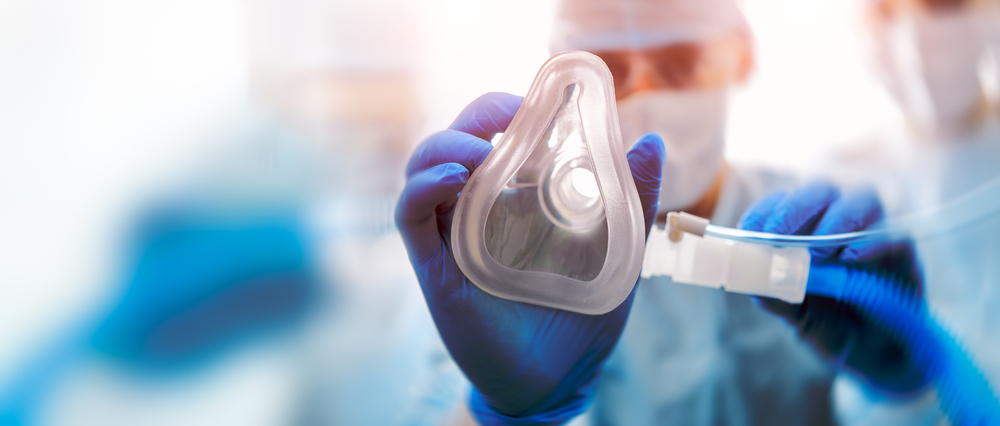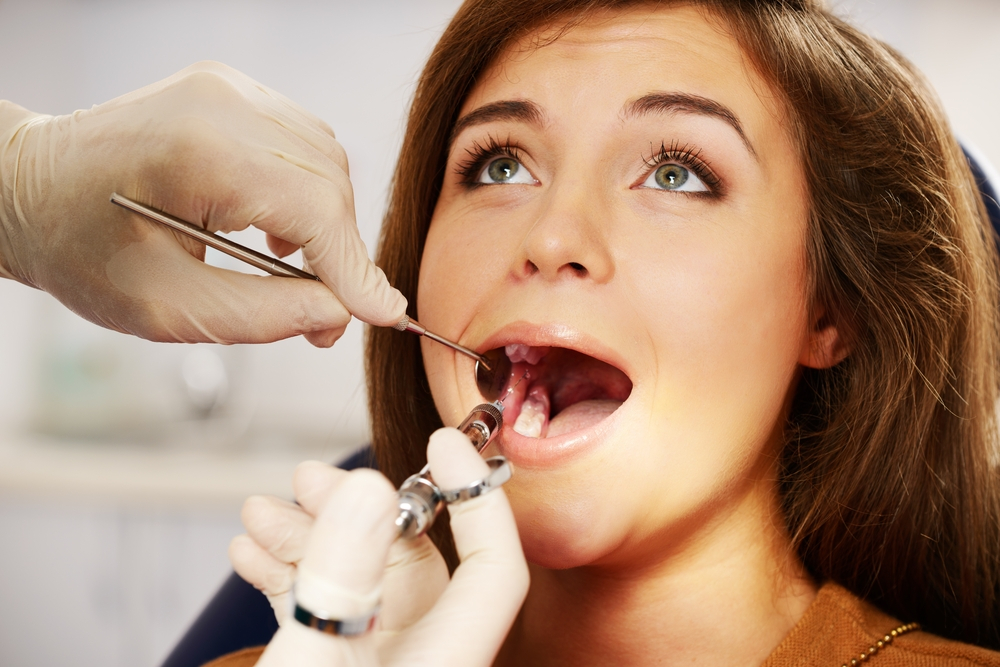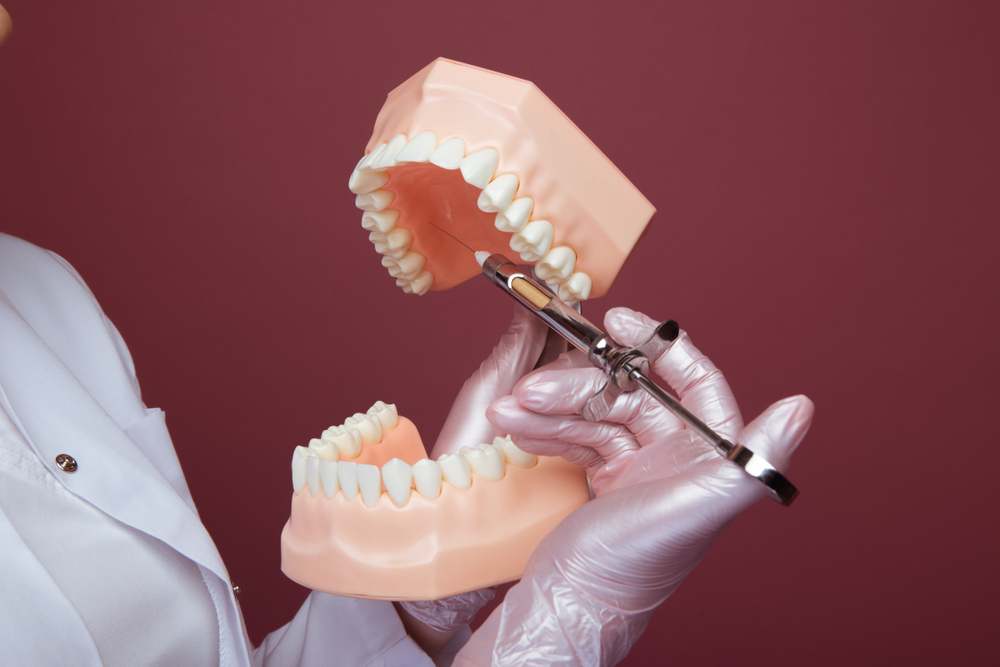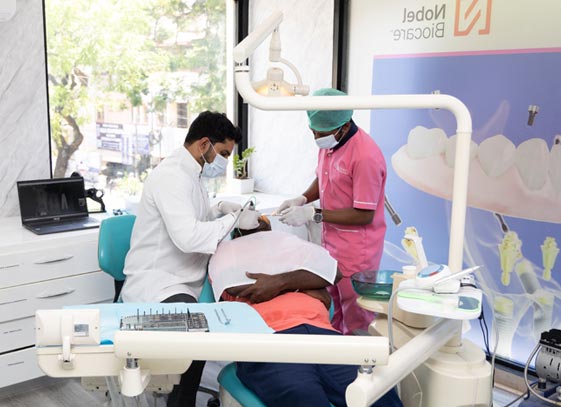
General Anaesthesia
- Home
- General Anaesthesia
Administration of an anaesthetic agent that produces a reversible state of unconsciousness and induces insensitivity to pain, and muscle relaxation in a patient. This is typically achieved through the administration of various drugs, including sedatives in a controlled manner, that affect the brain and the central nervous system.
It is known as general anaesthesia because it affects the whole body inducing unconsciousness and insensitivity to pain.
General anaesthesia is typically used during surgical procedures or other medical interventions that may be painful, uncomfortable, or require the patient to remain still for an extended period. It is usually administered by an anesthesiologist, who is a specialised medical doctor trained in the use of anaesthesia.

Dentists generally go for local anaesthesia for chair-side procedures but they may administer general anaesthesia when a patient requires a complex or lengthy dental procedure that may be uncomfortable, painful, or anxiety-inducing. GA is also administered for various procedures involving maxillofacial surgery after a fracture, bone augmentation procedures, or a facial trauma.

For patients who need multiple or complicated tooth extractions, general anaesthesia may be necessary to keep them comfortable and still throughout the procedure.
Dental implant surgery may require general anaesthesia, especially if multiple implants are being placed.

Surgery to correct issues with the jaw, such as a misaligned bite, may require general anaesthesia.
Patients with special needs, such as those with autism, Down Syndrome, and physical disabilities, may require general anaesthesia to help them remain calm and cooperative during dental procedures.
Young children who are unable to remain still or tolerate dental procedures may require general anaesthesia to ensure their safety and comfort during treatment.
Before administering general anaesthesia, the patient will undergo a comprehensive medical evaluation to assess their health status and determine if they are a good candidate for the procedure.


Radiant Dental has a team of experienced and skilled dentists who have years of experience in dental treatment under GA.

Radiant Dental takes pride in providing the best possible treatment that aims to improve your smile.
Stay informed about the latest facts, tips, and tricks to maintain excellent oral hygiene and achieve a glowing smile by reading more. Keep yourself updated and enhance your knowledge about oral health.
